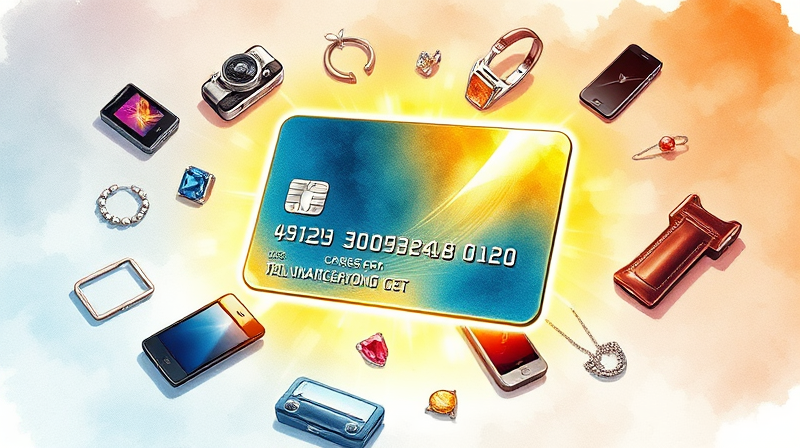
In today’s dynamic market, consumers face a constant risk of damage or theft to newly purchased items. With the rise of online shopping, doorstep deliveries, and travel-related purchases, the vulnerability of your electronics, jewelry, and apparel has never been higher. Fortunately, many credit card issuers offer safeguards consumers from losses when qualifying purchases suffer accidental damage or theft. By understanding how this benefit works and applying it correctly, you can experience peace of mind and security on every transaction.
Purchase protection is a specialized credit card benefit designed to cover eligible purchases that are damaged, stolen, or otherwise compromised within a defined time after the transaction. Rather than waiting for a manufacturer defect to appear, this feature proactively steps in to secure your investment, acting much like an insurance policy tailored for your shopping habits.
Coverage periods vary by issuer, typically spanning 90 to 180 days post-purchase. Claim limits are also set per item and per account. For instance, one popular card may cover up to $500 per claim and $50,000 per account annually, while another caps item coverage at $1,000 but limits total annual reimbursements to $25,000. Always review the card’s benefit guide to confirm specific time frames, covered categories, and claim sublimits.
Imagine purchasing a $1,200 DSLR camera and accidentally dropping it on vacation. Within days, the lens cracks. Instead of paying out of pocket for a repair or replacement, you file a purchase protection claim. Once approved, the card issuer may cover the repair cost, saving you hundreds of dollars and hassle.
While all credit card perks aim to add value, it’s crucial to distinguish purchase protection from related features:
This comparison highlights how purchase protection specifically steps in when items are stolen or accidentally harmed shortly after purchase—benefits that other programs do not provide.
Exclusions apply for certain categories: antiques, collectibles, perishables, animals, motorized vehicles, software, and items left in plain sight. Some plans also omit high-risk electronics or limit reimbursements for specialized gear, so confirm any category-specific sublimits.
Successfully leveraging purchase protection requires organization and prompt action. Start by creating a dedicated folder—either digital or physical—to store:
By maintaining these documents, you can rapidly assemble a complete claim package, reducing processing delays and boosting your approval odds.
Adhering to these guidelines ensures you meet all deadlines and documentation requirements, giving you the best chance of a successful reimbursement.
When evaluating cards, compare the benefit against any annual fees and weigh whether you need the purchase protection limits offered. If you frequently buy high-value electronics or travel with costly gear, a card with higher coverage may be worth the fee.
While purchase protection offers excellent value, remember it complements—rather than replaces—your existing insurance. Homeowner’s and renter’s policies typically have higher deductibles and may exclude certain categories, making credit card protections ideal for smaller or recent purchases.
Before making significant purchases:
By taking these precautions, you minimize the risk of claim denials and unexpected out-of-pocket expenses.
Purchase protection is a powerful, yet often underutilized, benefit embedded in many credit cards. By learning the rules, keeping thorough documentation, and acting promptly, you can safeguard your investments against unforeseen mishaps. Whether you’re securing your new smartphone, designer watch, or specialized equipment, this benefit offers valuable coverage without extra premiums. Review your card’s terms today and integrate purchase protection into your shopping strategy for complete confidence in every purchase.
References













